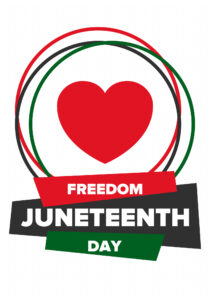The Season of Giving
It’s no secret that People Helping People is an integral philosophy to our credit union. In 2023 we joined forces, once again, with The Alameda County Community Food Bank and the Food Bank of Contra Costa & Solano for our annual holiday food drive "Love To Give" to help those in need.
Donate Today!
Just $1 provides 2 meals to those in need. Your donations will go a long way in helping those in need in our communities.
You can donate any time to either food bank. Just click the links below to make your contribution.
The Food Barrels Are Back!
Starting November 6th, stop by our Pleasanton Corporate Office/Branch where you can drop-off non-perishable food items for the Alameda County Community Food Bank. You can also click on one of the links below to contribute monetary donations online.
Thank you!
We encourage you to help with our endeavors, and together we can continue to help our communities thrive.





